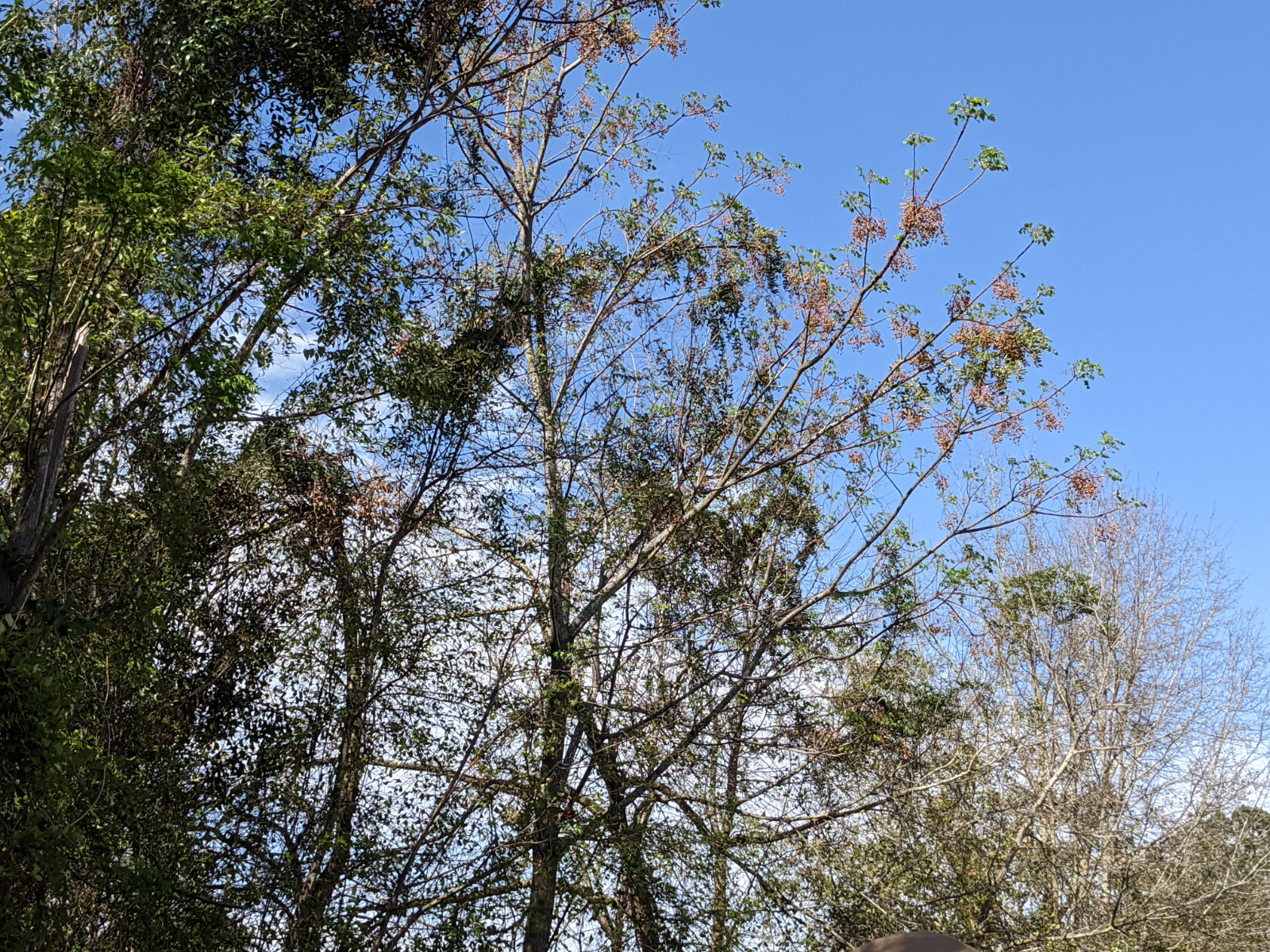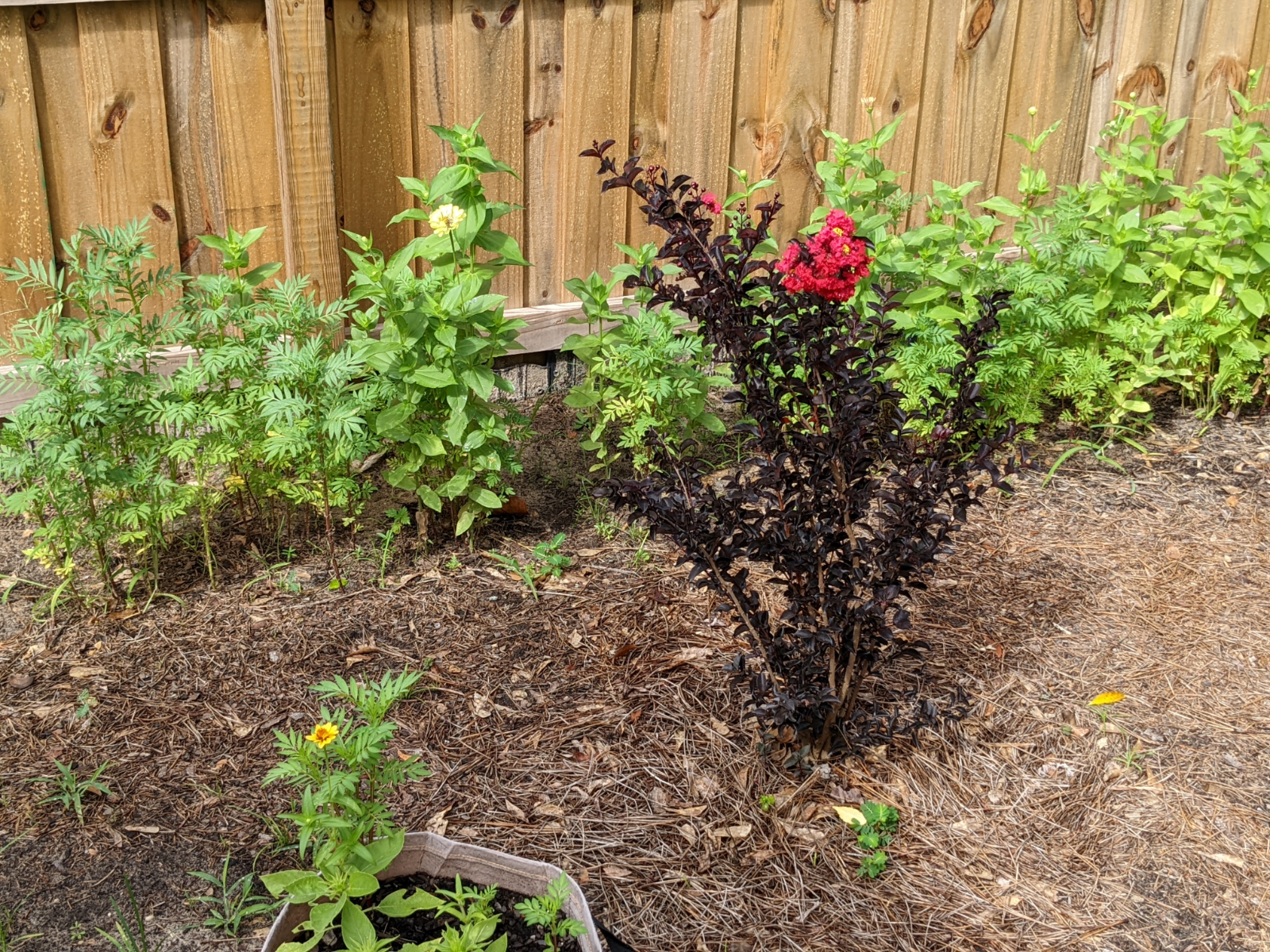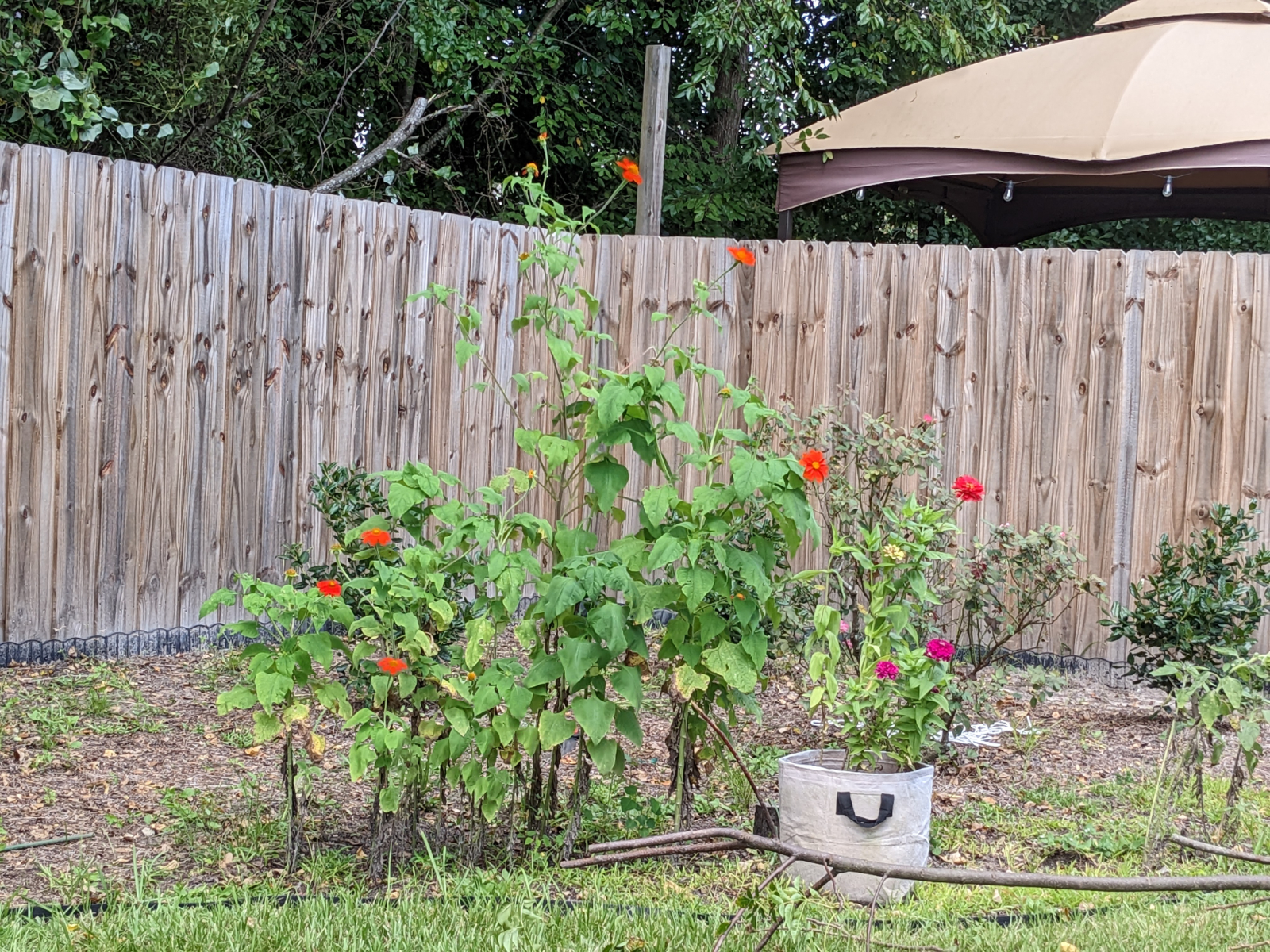The Endangered Species Act turns 50. There’s good news, and bad, about the law.
The good news is, it works. The bad news is, Republicans and some industries such as the fossil fuel, timber, mineral extraction, and cattle industries, don’t like that it’s working. And you can toss in a few states among those who have declared themselves just peachy keen to let species go extinct.
High Country New: The epic history of the Endangered Species Act
Sierra Club: Two Stoneflies Lead the Way for Conserving Other Uncharismatic Species
Vox: The ridiculously stupid reason the US is letting animals spiral toward oblivion
PBS: Architects of the Endangered Species Act reflect on 50th anniversary of groundbreaking measure
***
Our country has completely recovered from the COVID slowdown, inflation is under control, unemployment is down, and wages have risen—this despite a desperate effort by US corporations to milk the people of this country for as many profits as possible.
Yet, nary a peep from the media giving Biden any kudos for, at a minimum, staying out of the way and letting federal agencies do their job to control a post-COVID economy.
Public Notice: Biden doesn’t get enough credit for his economic record
***
I’ve been following the antics of Texas governor and legislature in court documents for some time. Without firing a shot, the state has unilaterally declared itself independent of the United States.
(Well, except when it holds its hand out for federal funds.)
The Texas government has triggered acrimony between the US and Mexico at a time when we need Mexico’s help to handle mass migrations. It undermines the federal effort to control migration, and then turns around and tells the press the southern border is ‘wide open’. And Texas creates havoc and hardship for citizen and migrant alike by shipping poor migrants to northern cities, without giving the cities a heads up, and without the migrants even having the clothing they would need to survive.
Worse, other than independent publications like the Texas Tribune, the media has done an appallingly bad job documenting the damage Texas is causing. Instead it plays into the Republican talking points of “Oh, Biden is in trouble! Migration at the border is out of control!”
I’ll have more on the Texas efforts, migration, and the legal cases associated with the efforts, in separate posts. As for the media, all I can do with it is focus on sharing stores from decent media sources, like the Texas Tribune.
Texas Tribune: U.S. Department of Justice says it’ll sue if Texas enforces new law punishing illegal border crossing









